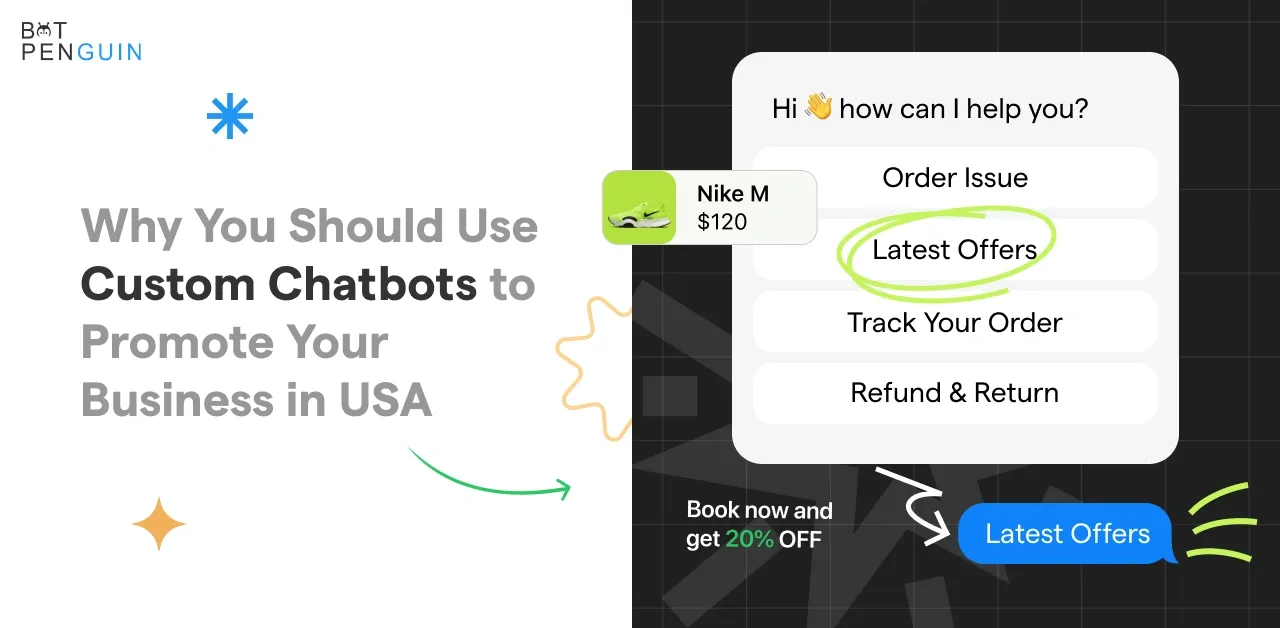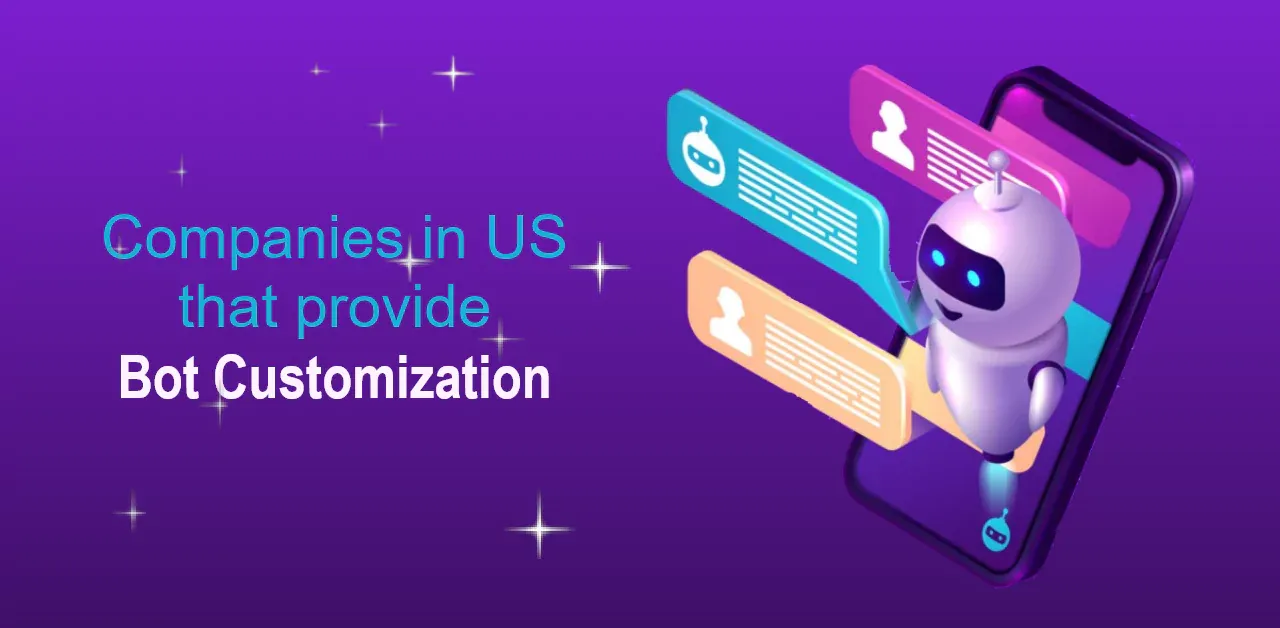Have you ever wished you could create your own intelligent chatbot like ChatGPT?
Well, now you can design and deploy a conversational AI assistant without a line of code!
In this blog, we'll walk through how to build a ChatGPT-style clone using the latest no-code tools and techniques.
We'll cover selecting the right platform, mapping outflows, collecting training data, and optimizing performance.
The process is simpler than you think, thanks to visual development interfaces and AI-powered features.
By the end, you'll have your very own chatbot ready for real-world use. Your creation will be able to understand users, hold engaging dialogues, and provide helpful information on any topic.
So what are you waiting for? Dive into this guide and start on an exciting journey to develop an AI assistant with human-like conversation abilities.
The power to build cutting-edge conversational technologies is now at your fingertips - let's get started but before we dive into the exciting creation process, let's take a sneak peek into the inner workings of ChatGPT!
Let us start with knowing what ChatGPT clone is.
What is ChatGPT Clone?
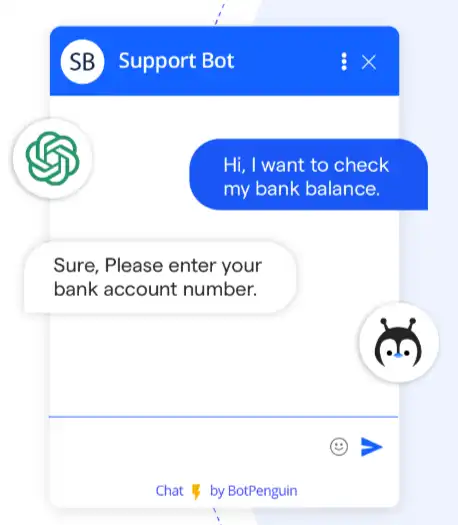
A ChatGPT Clone is an AI chatbot that is modeled after ChatGPT, which was an AI assistant created by Anthropic to be helpful, harmless, and honest.
ChatGPT was very popular when it was released in 2022 because it was able to carry on natural conversations and provide information to users in a friendly, conversational manner.
However, it is no longer available to the public.
ChatGPT Clones are chatbots that are designed and trained to have similar conversational abilities and personalities as ChatGPT.
While they may not be exact copies, ChatGPT Clones aim to recreate ChatGPT's engaging dialogue and ability to understand language nuances.
Some key things to note about ChatGPT Clones from a chatbot context perspective:
- They are designed to feel familiar to those who interacted with ChatGPT by responding helpfully to questions.
- Though not identical to ChatGPT, they strive to match its polite, knowledgeable manner of conversing with users.
- As AI systems, ChatGPT Clones have certain limitations compared to the original, but aim to provide a similar user experience overall.
- The goal is for users to have natural back-and-forth discussions, get information to their questions, and feel like they are talking to an intelligent friend.
How ChatGPT Works and Its Limitless Capabilities
ChatGPT employs "unsupervised learning" and uses the cumulative knowledge gathered from its training data to generate responses.
By analyzing patterns, ChatGPT intelligently generates contextually relevant responses to user inputs.
It's like having a chat with a witty AI assistant who's always ready with a clever comeback!
Now let us see how to build a ChatGPT Clone without Code.
Tools and Platforms for Creating a ChatGPT Clone Without Code
Creating a ChatGPT clone might sound like a task for tech masters, but fear not!
Thanks to the wonders of no-code development platforms, anyone can embark on this exciting journey without breaking a sweat.
As there are many platforms that offers no code development process but, do you know BotPenguin is leading one! So, we are going to share about our service just scroll down!
Exploring BotPenguin: A Super No-Code Chatbot Development Platform

Conversational AI is changing how we interact with technology. However, building a sophisticated chatbot from scratch demands extensive time and resources.
Botpenguin offers a ChatGPT clone service that provides all the benefits of ChatGPT's powerful conversational abilities without the effort and costs of developing one.
Our pre-trained clones can be easily launched with just a few clicks and customized to represent your brand personality and address your unique customer needs.
Users will enjoy engaging and helpful discussions with a chatbot that improves over time.
As no coding or AI expertise is required, anyone can leverage Botpenguin's ChatGPT clone technology to enhance customer service and experiences through an intelligent conversational interface.
Suggested Reading:
Top Development Platform for Your ChatGPT Clone
How to Build a ChatGPT Clone Without Code
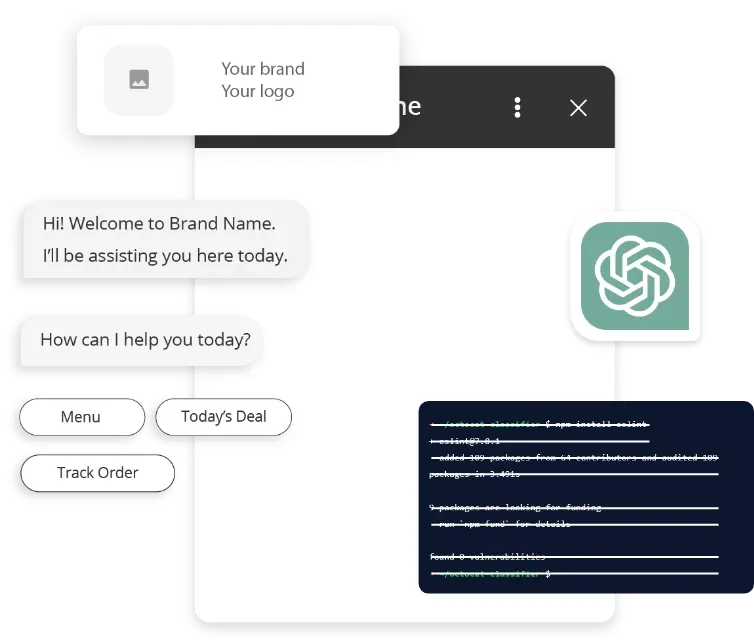
Don't worry if you're not a coding master – integrating your ChatGPT clone can still be a breeze! Follow our step-by-step guide for integrating your chatbot without code.
We'll walk you through connecting your chatbot clone to popular messaging platforms or embedding it on your website using user-friendly tools. Get ready to take your chatbot.
Step 1
Selecting a No-Code AI Platform
The first step is choosing a no-code artificial intelligence platform that allows you to configure and deploy a conversational chatbot easily.
Leading options include: BotPenguin - End-to-end chatbot development with pre-built templates and integrations.
BotPenguin is a chatbot platform that allows you to create ChatGPT-driven chatbots for multiple platforms such as WhatsApp, Facebook, Instagram, Telegram, Website, Shopify, WooCommerce, Squarespace, and WordPress.
It helps businesses quickly build chatbots for engagement, lead generation, marketing automation, customer support, eCommerce, & any other custom purpose.
- WhatsApp Chatbot
- Facebook Chatbot
- Wordpress Chatbot
- Telegram Chatbot
- Website Chatbot
- Squarespace Chatbot
- Woocommerce Chatbot
- Instagram Chatbot
- MS-Teams Chatbot
- Shopify Chatbot
Step 2
Preparing Training Data
The quality of your training data will directly impact your chatbot's conversational abilities. Start by gathering relevant dialog transcripts, support tickets, documents, and other data sources.
You want a diverse dataset covering the topics and tone you expect your chatbot to handle. Clean the data by removing sensitive information and fixing any formatting inconsistencies.
Most no-code platforms like BotPenguin allow you to easily upload and pre-process your training data through their graphical interface.
Follow their guidelines to ensure the data is properly structured for AI model training.
Step 3
Configuring the Conversational Model
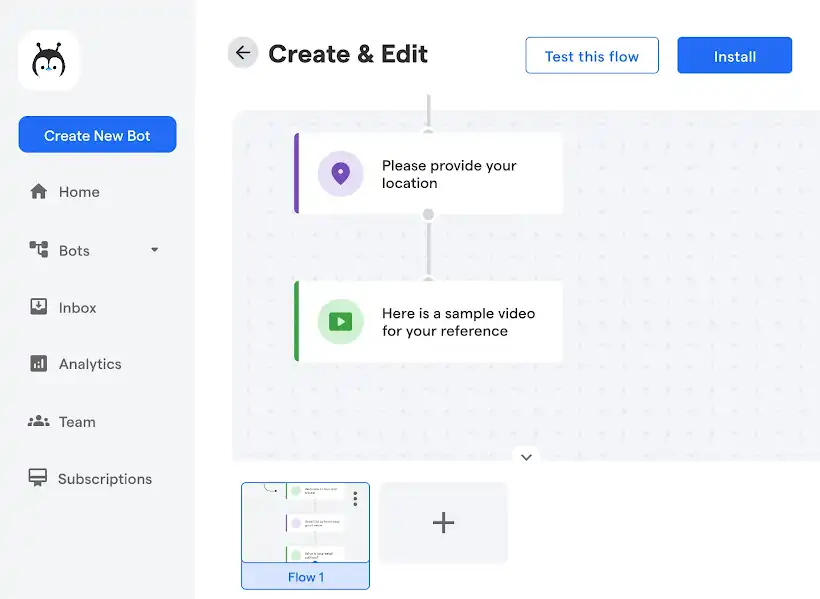
Now comes the fun part - shaping your chatbot's personality! The platform should provide an intuitive graphical interface to configure the conversational model.
You can define intents like frequently asked questions, common requests, etc. Create entities to extract key details from user inputs like names, dates, numbers.
Map out dialog flows to guide users based on intent and context. Set up fallback questions when the chatbot does not understand.
Experiment with different tones from professional to casual depending on your use case. The no-code interface enables designing sophisticated conversations without coding.
Step 4
Training the Model
With the model architecture set up, it's time to train it using your prepared data.
The no-code platform BotPenguin will automate the training of advanced AI like Claude or GPT-3 on the cloud infrastructure.
You can tweak parameters like number of epochs, batch size, learning rate to optimize the training process.
Monitor training accuracy to spot any issues with data.
Keep iterating until the model generates high-quality responses for different conversation scenarios. With hands-on experimentation, you can shape its behavior without coding expertise.
Suggested Reading:
Building a ChatGPT Clone With BotPenguin
Step 5
Testing and Evaluating Performance
Thoroughly test your ChatGPT clone before release using the vendor's interface. Simulate conversations by role-playing as different users and providing feedback.
Check for inconsistent, inappropriate or inaccurate responses. Confirm it handles the expected intent variations, follows dialog flows, and maintains context.
The platform should provide tools to analyze chatbot behavior metrics like response times, confidence scores, etc. Identify areas needing improvement and continue refining.
Step 6
Integrating Your Chatbot

Once satisfied with the performance, it's time to make your ChatGPT clone available to real users. No-code platforms like BotPenguin offer integrations with popular channels like:
- Website live chat widget
- Facebook Messenger
- Slack/Discord app
- SMS/Text messaging
- WhatsApp Business API
They provide plugins, APIs, and documentation to embed your trained chatbot smoothly with minimal configuration. You can deploy it across multiple channels to engage customers.
Step 7
Monitoring and Enhancing Performance
Launch is just the beginning of the journey with your ChatGPT clone. Continuously monitor chatbot usage and user feedback on aspects like response relevance, accuracy, speed, etc.
Based on feedback, identify areas for improvement. Retrain the model with additional data to enhance performance in those areas. You can create different versions of your chatbot for specific use cases.
As you expand to more channels and use cases, upgrade to higher tiers offered by the vendor to scale the infrastructure and handle increased traffic.
Conclusion
By following the steps outlined in this guide, you now have the knowledge and tools to design, develop, deploy and scale your very own ChatGPT clone without writing a single line of code.
Building a powerful yet easy-to-use ChatGPT clone can seem daunting, but with the right tools it's entirely achievable.
This guide has walked through how to plan, design, train, test and deploy a ChatGPT-style conversational agent without writing a single line of code.
However, developing advanced chatbots from scratch requires extensive resources and ongoing maintenance.
For a hassle-free solution, consider Botpenguin's ChatGPT clone service. With just a few clicks, launch an ultra-intelligent chatbot customized to your needs - at a fraction of the effort.
Botpenguin handles ongoing training and scaling so you can focus on what matters most—delivering exceptional user experiences.
Contact Botpenguin today for a free demo.
Suggested Reading:
How to Train and Customize Your ChatGPT Clone?
Frequently Asked Questions (FAQs)
Can I build a ChatGPT clone without coding skills?
Yes, you can! No-code platforms provide accessible tools and interfaces that allow you to create chatbot clones without the need for coding expertise.
What are the benefits of building a ChatGPT clone without code?
Building a ChatGPT clone without code offers benefits like accessibility, rapid prototyping, and user-friendly interfaces, making the development process faster and more enjoyable.
Are there limitations to building a ChatGPT clone without code?
Yes, there are limitations to consider. Customization restrictions, limited ML capabilities, and scaling limitations may be encountered when using no-code platforms.
How can I optimize the performance of my ChatGPT clone without code?
Optimizing chatbot responses for accuracy and relevance, implementing conversational AI best practices, and personalization can all improve the performance of your ChatGPT clone.
What is the future outlook for building chatbot clones without code?
The future of chatbot development without code includes the continuous evolution of no-code platforms, enabling more advanced AI and ML capabilities for building powerful chatbot clones.
Is building a ChatGPT clone without code suitable for large-scale applications?
No-code platforms may have limitations when it comes to scaling large-scale applications. Considerations should be made for handling high volumes of traffic and enterprise-level integration


